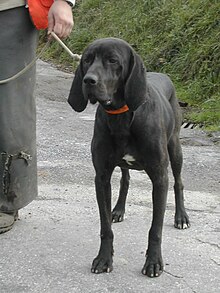Speaking of diversions, is there still radio silence about Pleasant Prairie's?
 |
| Lake Michigan, Milwaukee. James Rowen photo, 2018. |
Apparently nothing.
Because the Great Lakes states know the less they say about Wisconsin's diversions, the less likely is Wisconsin to dare object to other Great Lakes states' withdrawals.
You know: You scratch my back and I'll bring refreshments to your next party.
Case in point: Michigan's massive daily diversion for its bottled water export industry.
Wisconsin says nothing about that, Michigan shrugs at Wisconsin's penchant for withdrawals, and grab an "Ice Mountain" [sic] at the local convenience store courtesy of an exemption written into a very leaky Great Lakes Compact:
Each day, 4.8 million bottles of water leave Nestlé’s packaging plant in Stanwood, Michigan and end up neatly stacked one-by-one in gas station coolers across the Midwest. If you’ve sipped from an Ice Mountain-branded bottle in the last decade, you’ve sampled a tiny fraction of the 3.4 billion gallons that’s been pumped from nine wells in Mecosta and Osceola CountiesI'd mentioned the Pleasant Prairie diversion here, and earlier, here:
I've gathered some information about Wisconsin's decades-long Great Lakes outlier status on water, diversions and policy,here, where I had specifically noted diversion history and documents which seem very relevant now...
* In 1999, the Wisconsin DNR - - on its own - - opened the diversion spigot from the City of Milwaukee - - an in-basin community - - to Menomonee Falls - - an out-of-basin community in Waukesha County - - and, again, no other state challenged the move.
* In 1986, Wisconsin GOP Gov. Tommy Thompson unilaterally approved a diversion of Lake Michigan water to Pleasant Prairie - - a community in Kenosha County close to, but outside of, the Great Lakes basin. The law in place at the time which governed diversions of Great Lakes water said all eight Great States governors would have to approve such diversions; Thompson received only five approvals and looked past three responses which never came, deciding without any firm rejections he had all the approvals he needed.
No other state challenged him, however...
Democratic Ohio Governor Richard Celeste, then chairman at the time of the Great Lakes Council of Governors - - the governing board for diversion approvals - - received Thompson's letter that said, in part:
"I am writing to ask you to initiate the prior notice and consultation process as provided under the Great Lakes Charter for an interbasin diversion from Lake Michigan," Thompson wrote Celeste,"...to portions of the Town of Pleasant Prairie, Kenosha County...."
Thompson had earlier sought the "approval" of the other Governors, as Wisconsin's governor reminded Celeste with this language. "As you may recall, on September 2, 1987, I sent a letter to you requesting your approval of this same interbasin diversion...," but Thompson tells Celeste that it was withdrawn due to "uncertainties regarding the volume of the diversion needed...."
About six weeks later, Celeste forwarded Thompson's request to each of the other governors, and noted "Pursuant to Section 1109 of P.L. 99-662 [the controlling federal law, WRDA] this proposal requires the consent of the eight Great Lakes Governors." (Emphasis added.)
Regardless, Thompson made his move, Pleasant Prairie got its water, and now we find that the diversion allotment limit has been greatly increased by the DNR without public review. File under 'slippery slope.'






















